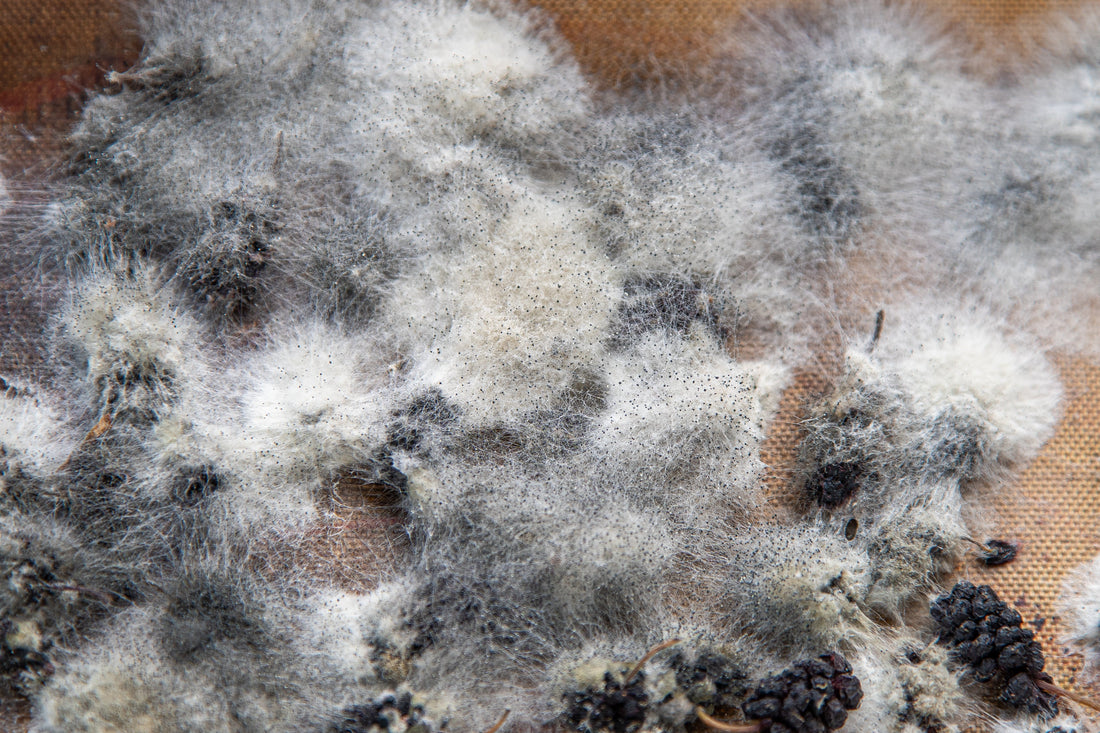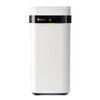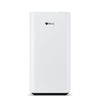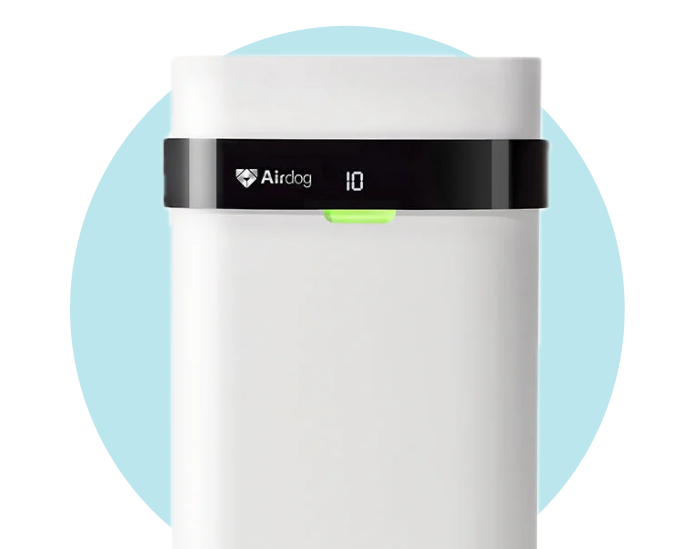Mold is everywhere. And yes—mold is airborne. If you’re wondering whether those black spots on your bathroom tiles or that musty odor in the basement are putting your health at risk, you’re asking the right questions. Let’s clear the air (literally).
What Exactly Is Mold?
Mold is a type of fungi that thrives in moist environments. It feeds on organic materials and spreads by releasing spores into the air.
Is Mold Really Airborne?
Yes. Molds release spores to reproduce, and those airborne spores travel easily indoors. They can float for hours and land just about anywhere.
What Are Mold Spores?
Mold spores are tiny, seed-like particles that allow mold to spread. These small particles are usually invisible to the naked eye but are present in the air we breathe.
Where Do Airborne Mold Spores Come From?
Airborne mold spores originate from damp materials like drywall, ceiling tiles, carpets, and insulation. Once mold takes hold, it forms mold colonies and spreads rapidly.
How Mold Spores Stay Suspended
Mold spores stay airborne longer in homes with poor ventilation and high indoor humidity. Without proper airflow, these spores recirculate endlessly.
Common Places for Indoor Mold Growth
Indoor mold growth thrives in bathrooms, basements, kitchens, and anywhere there's excessive moisture or water leaks.
Why Is Indoor Mold Dangerous?
Is mold dangerous? Absolutely. Breathing in airborne mold can cause serious health problems, especially for people with allergies, asthma, or a compromised immune system.
Common Symptoms of Mold Exposure
The most common symptoms of mold exposure include:
-
Coughing
-
Sneezing
-
Watery eyes
-
Headaches
-
Fatigue
-
Skin irritation
-
Respiratory issues
How Inhaling Mold Spores Affects Your Health
Inhaling mold spores can trigger allergic reactions and worsen asthma. In high amounts, some molds can produce mycotoxins that harm the immune system.
Why Mold Allergies Are on the Rise
More people are experiencing mold allergies due to tighter home construction and poor indoor air quality. Less airflow means more trapped airborne mold.
How Mold Colonies Spread Indoors
Mold colonies start with a few spores landing on a damp surface. With the right conditions and a food source like cellulose (wood, drywall), mold growth begins and spreads quickly.
The Role of Moisture in Mold Problems
Moisture is the main culprit. To control mold growth, you must first control moisture. Fix water damage, leaks, and use exhaust fans in high-humidity areas.
Why Mold Is So Hard to Kill
Mold is resilient. Most molds can survive in extreme conditions and are extremely difficult to eliminate without proper methods.
How to Test for Mold
Mold testing involves:
-
Air sampling
-
Surface swabs
-
Moisture mapping
Professional-grade mold testing detects hidden issues before new mold colonies take over.
What the Environmental Protection Agency Says
The Environmental Protection Agency warns that even small areas of visible mold require immediate attention. They recommend addressing moisture first.
What to Do if You Suspect a Mold Problem
Start by:
-
Identifying moisture sources
-
Cleaning hard surfaces with non-toxic cleaners
-
Improving ventilation
-
Using an air purifier
Why HEPA Filters Aren’t Enough
A HEPA filter can trap airborne pollutants, but it doesn’t destroy mold. Over time, filters can become breeding grounds for spores if not maintained.
Enter TPA Technology: Airdog’s Mold-Fighting Superpower
Unlike HEPA filters, Airdog’s TPA technology destroys contaminants using a high-voltage Ionic Field. It eliminates airborne mold spores down to 0.0146 microns.
Why an Airdog Air Purifier Is Essential
Airdog air purifiers:
-
Kill mold on contact
-
Filter down to sub-micron levels
-
Are washable (no replacement filters needed)
-
Improve indoor air quality year-round
Stop Mold Before It Starts
Prevention tips:
-
Keep indoor humidity below 50%
-
Fix water leaks quickly
-
Clean bathroom tiles and grout regularly
-
Use a TPA-powered air purifier in high-risk areas
Mold Remediation: When DIY Isn’t Enough
For severe infestations, mold remediation professionals use:
-
Containment zones
-
Air scrubbers
-
Professional grade tools
Never attempt large-scale removal without proper safety gear. Always wear gloves and masks.
Improving Indoor Air Quality for Good
The best defense against mold exposure is prevention. Combine:
-
Dehumidifiers
-
Proper ventilation
-
Airdog air purifier
-
Regular inspections
Final Thoughts: Is Mold Airborne?
Yes. And it's more common than you'd expect. Left untreated, mold compromises your air, your health, and your home. But with the right tools, you can take control.
Why Choose Airdog?
Airdog purifiers aren’t just machines—they’re guardians of your air. Powered by science, designed for real life. Ready to rid your home of mold? Let’s get started.








